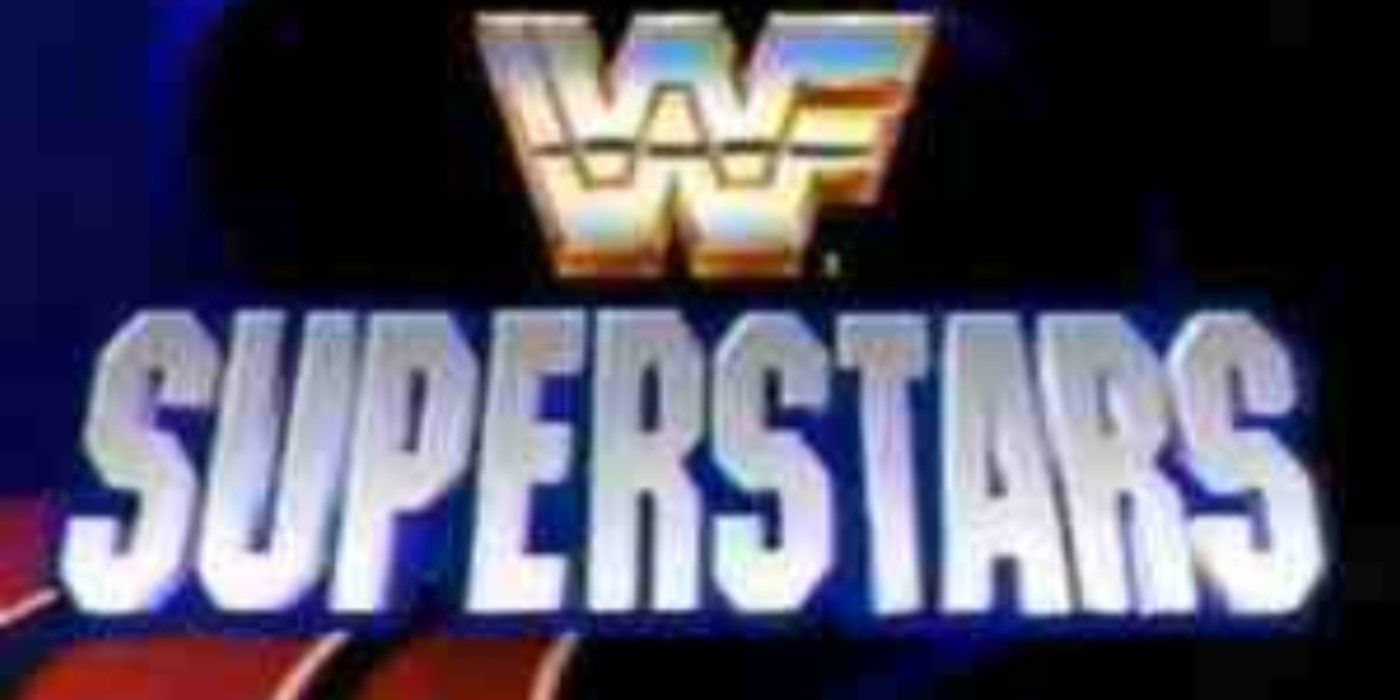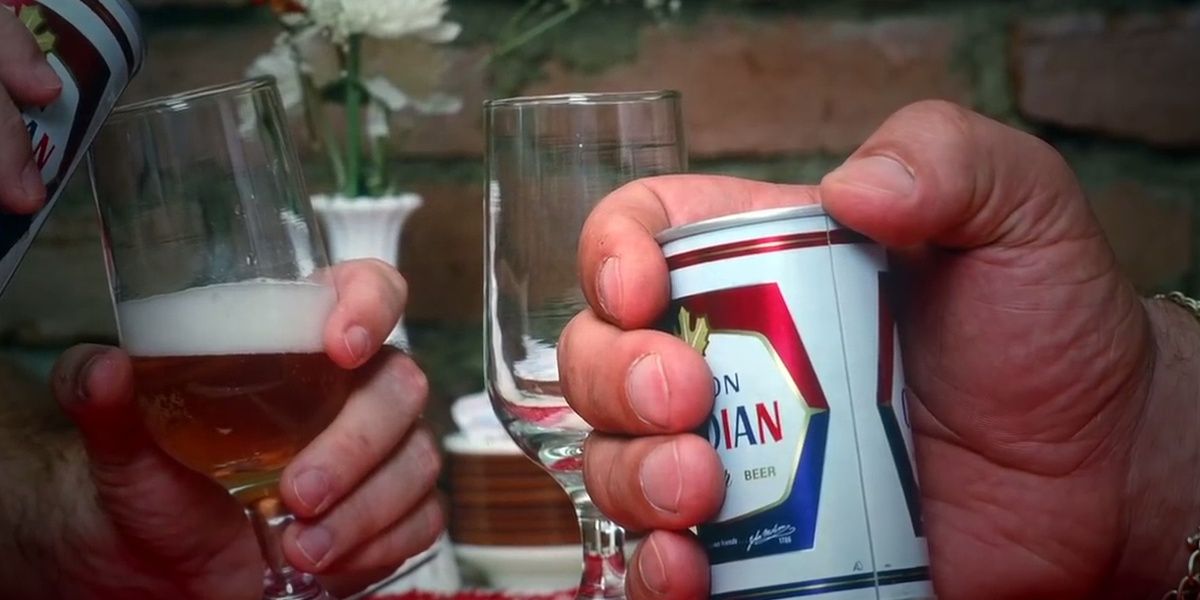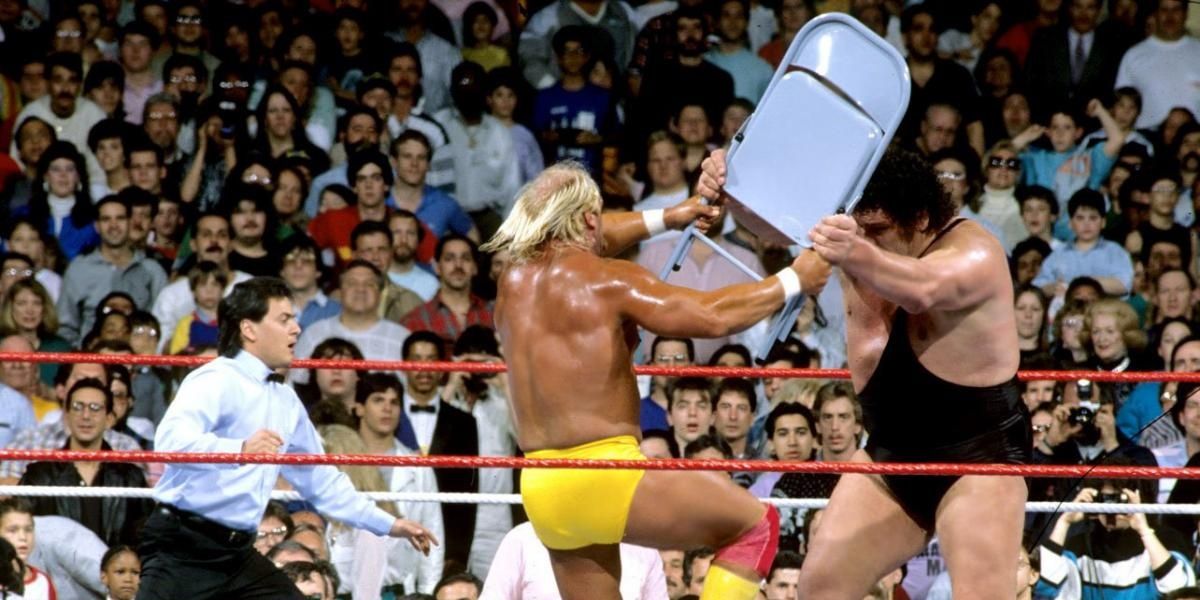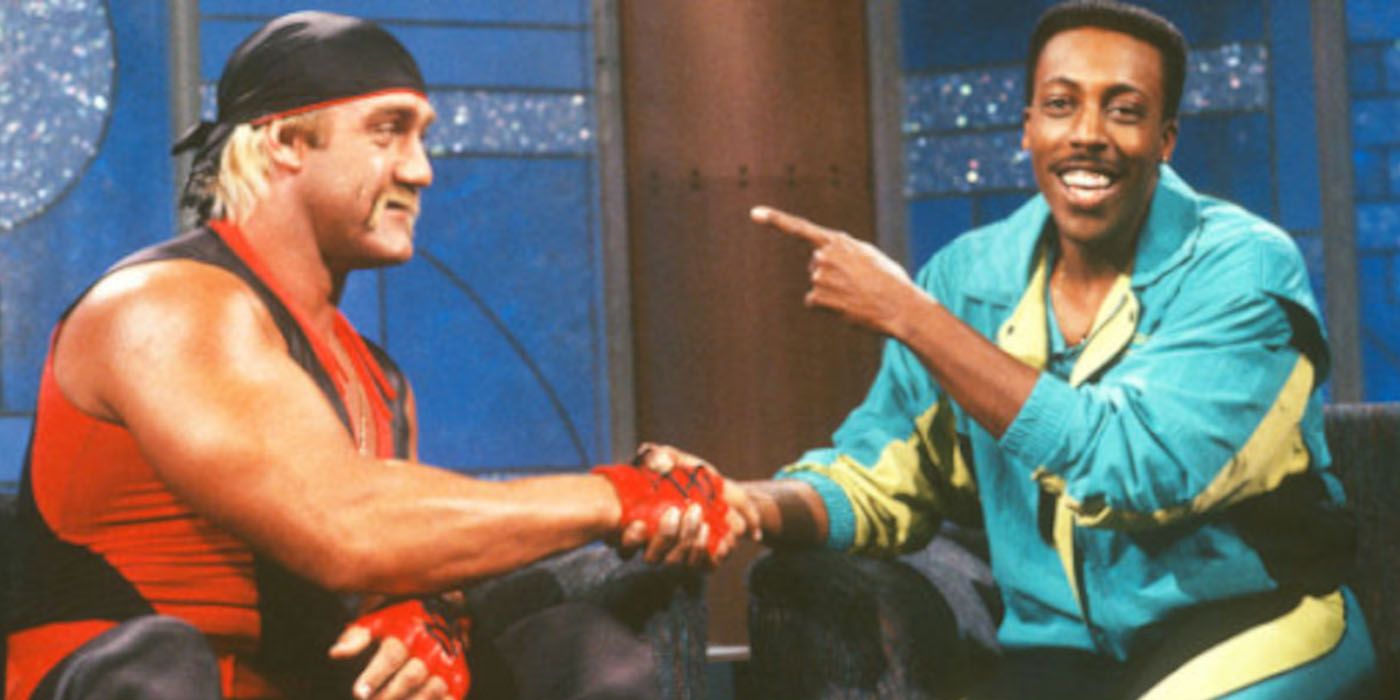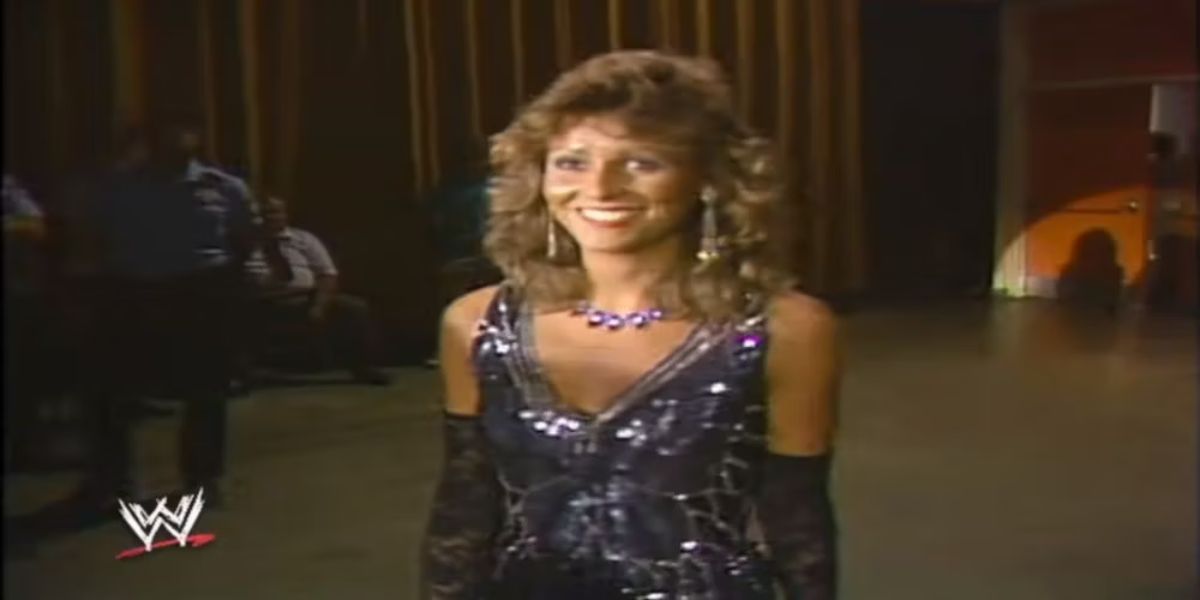During its long history, pro wrestling was perhaps never hotter than it was during the 1980s. At that time, wrestling was transitioning from a mostly regional product to a more nationwide product. This led to the wrestling boom of the 80s.
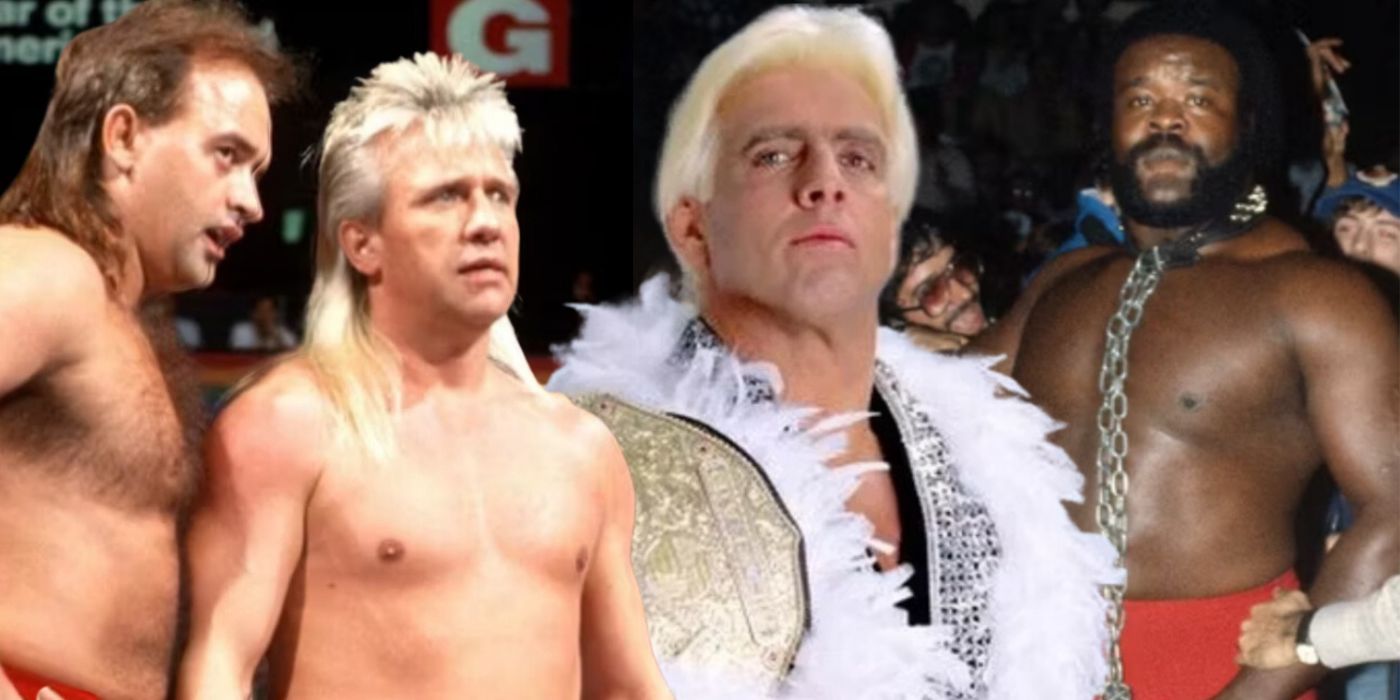
The 25 Most Influential Wrestlers Of The ’80s
The ’80s changed the face of pro wrestling forever, with a handful of wrestlers being particularly influential and among the best.
Pro wrestling’s rise in popularity spawned some of the most iconic characters in wrestling history and some of the most memorable storylines from both WWE and The NWA. As a result, most pro wrestling fans look back at the 80s fondly. When taking off the rose-colored glasses though, it becomes obvious that wrestling in the 1980s also had its fair share of flaws.
UPDATE: 2024/04/23 11:30 EST BY BENJAMIN VIEIRA
The 1980s were a completely different era in professional wrestling. While many may look at it through a lense of nostalgia, the reality of the time was that there were many, many things wrong with it. Some things were as simple as poorly syndicated TV and slow matches. However, there were also far more serious issues that needed to be addressed in order for the sport to progress. This includes past instances of drug abuse, sexism, and racism in the industry that should never have been allowed in the first place. While the 1980s were known as “The Golden Era”, there was a lot wrong with that era that was not permissible.
Syndication Didn’t Allow Storylines To Flow Well
It Was Hard For Fans To Keep Up With What Was Going On
- WWE became syndicated television in 1986.
- Their first major show was Superstars.
- Many people did not see shows at the same time.
The rise of television was a game-changer for pro wrestling. Before television, only fans who paid for a ticket and went to live events would witness pro wrestling. Television allowed pro wrestling to grow exponentially. The one downside to pro wrestling television in the 80s was that most of the programs were syndicated.
This meant that some regions of the country weren’t seeing the same program as other regions, at least not at the same time. This hurt the continuity of some storylines and made wrestling just a bit harder to keep up with nationwide. Avid wrestling fans always found a way to stay up-to-date though.
The Fast Life On The Road
Wrestlers Traveling All The Time
- Wrestlers traveled 300 days a year.
- Many were abusing drugs and alcohol.
- A lot of wrestlers were also partying a lot.
There are obvious physical risks that come with being a pro wrestler. What most fans back in the 80s probably didn’t realize though, was that life on the road was a bigger hurdle for some performers. Traveling 300 days a year is a rough life to live. To help deal with their bumps and bruises and their homesickness, many wrestlers often turned to drugs and alcohol on the road.
The 80s, specifically, featured some of the most notorious party animals in wrestling history. Life on the road today is still tough for performers, but many of them have found better ways to cope than self-medicating like many performers in the 80s did.
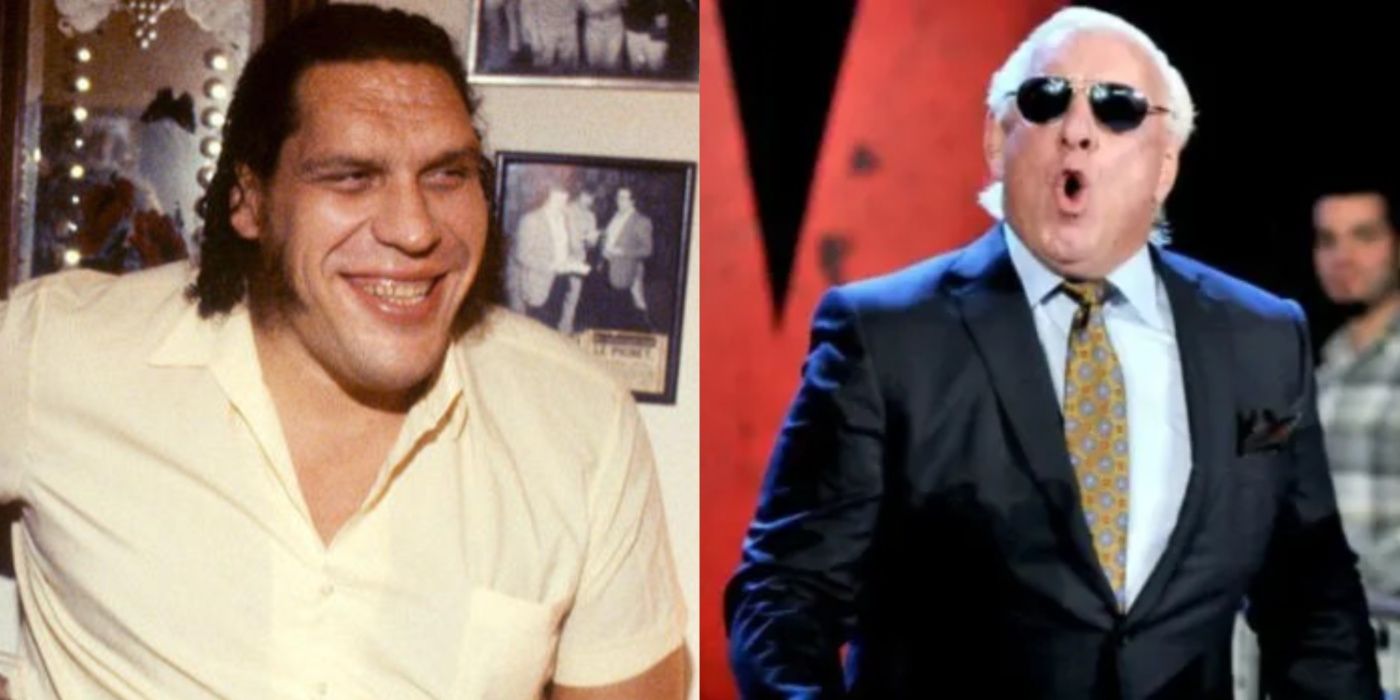
Ric Flair Shares Story Of Intense Partying Night With Andre The Giant
What happens when a few wrestling legends and party animals get together for a night out?
There Were Far Too Many Disqualifications & Count Outs
They Happened At An Annoying Frequency
- A large part of WWE’s money came from house shows.
- Booking prioritized advertising.
- DQ finishes do not happen nearly as much nowadays.
Even after the rise of television, pro wrestling’s bread a butter remained in the house show market for a good while. The logic behind much of the bookings during the 80s was that television was more of an advertisement than anything. Promoters would book matches to air on television, but more often than not, those matches would end in a disqualification or a count out.
If fans wanted to see a definitive winner, they’d have to pay money for a ticket and go watch a live event. Today, disqualifications and count outs still occur but not as often as in the 80s. That’s perhaps because pro wrestling is now more of a television product than a house show product.
The Weak Finishers Are Not Believable By Today’s Standards
They Were Far More Simple
- Finishers did not need to look devastating due to kayfabe.
- Most finishers from the 1980s are now transitional moves.
- Many wrestlers do not use leg drops or DDTs as finishers.
Since the 1980s, pro wrestling has evolved significantly. Some of that evolution wasn’t necessary, while some of it helped pro wrestling become culturally relevant. One of the things that have significantly changed has been finishers. In past eras, when kayfabe was alive and well, finishers didn’t have to look so devastating for fans to believe in them.
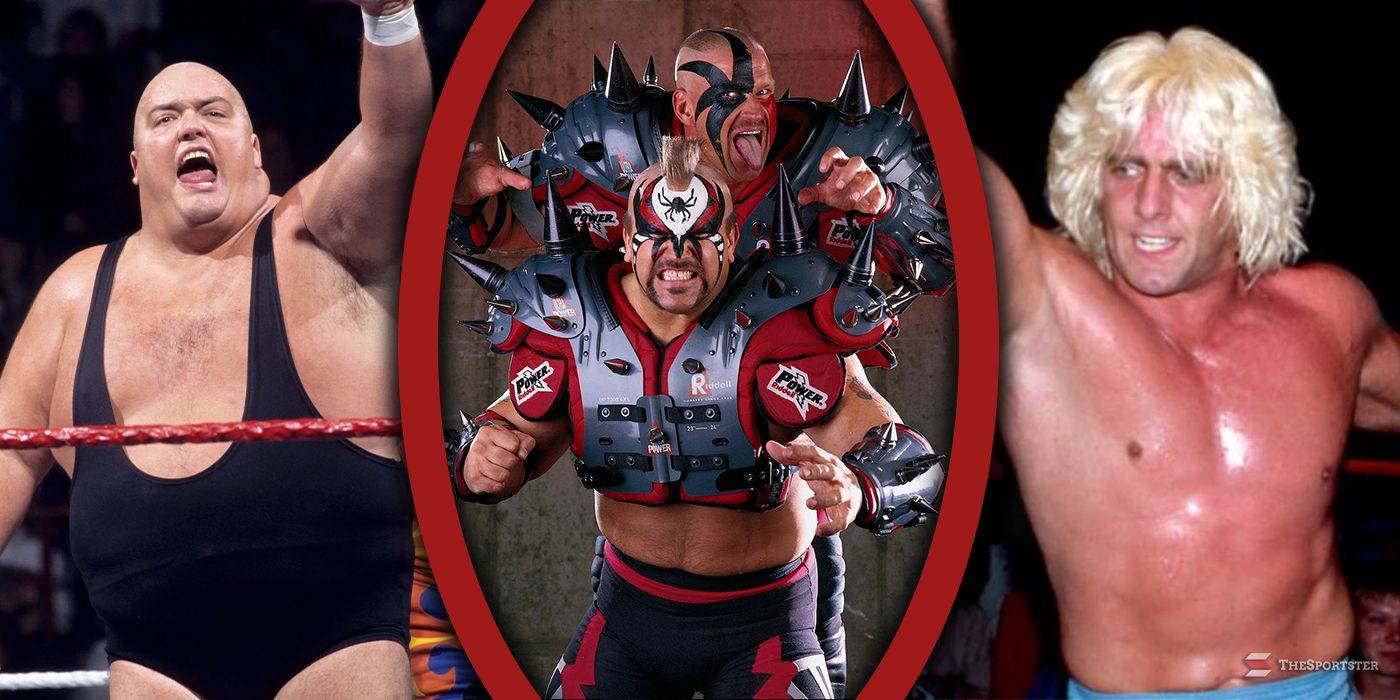
10 Wrestlers From The 1980s Who Overstayed Their Welcome
These wrestlers were beloved by fans during the 1980s, but they overstayed their welcome when they kept coming back.
This resulted in some pretty weak-looking finishers, at least by modern standards. Today, 90% of moves that were used as finishers in the 80s are simply transitional moves. You won’t see anyone today winning a match with a Leg Drop or Sleeper Hold. Although, it is troubling that even a Super Kick or DDT has been fazed out as a finisher.
There Was Little To No Entrance Music
Music Has Become Essential To An Entrance
- Music has become one of the most essential parts of a wrestler’s entrance.
- Andre The Giant, one of WWE’s biggest stars, didn’t have entrance music.
- It made the presentation of a wrestler seem less interesting and important.
One of the biggest unsung heroes of pro wrestling’s presentation is music. Today, entrance music isn’t vital in creating a superstar performer, but it certainly helps. There’s nothing in wrestling that compares to the pop of a crowd when they hear the first few notes of familiar entrance music. In the 80s, entrance music was becoming a thing but wasn’t fully integrated yet.
At the time, some performers like Andre The Giant and Bad News Brown still walked out to no entrance music. The first few Royal Rumble matches don’t feel the same in hindsight because of the lack of entrance music. It might seem like a small detail, but entrance music helped pro wrestling’s presentation a lot.
There Was A Lot Of Bullying Backstage
Wrestlers Were Picked On For No Reason
- Wrestlers referred to pranks and bullying as “ribbing.”
- Wrestlers often stole things from each other.
- Sometimes “ribs” turned into legitimate fights.
It’s no secret that life on the road was brutal in previous eras of wrestling. During the 80s specifically, drug and alcohol use often led to erratic behavior and even bullying. With an all-time high amount of testosterone flowing backstage, altercations were common. Whether it was done out of hate or boredom, a lot of bullying during the 80s was disguised as “ribbing.”
Guys would steal and hide each other’s personal belongings, including vehicles. Some nastier practices have luckily been eradicated today. Paying dues is one thing. Picking on someone for the sake of picking on someone is wrong, regardless of whether it’s presented as a joke or not.
It Was Far More Slow-Paced
The Product Could Have Benefitted From Being Faster
- Wrestling’s presentation has changed into art more than combat.
- Many modern fans do not like older matches.
- They were wrestling at a far slower pace, which did not always help.
Admittedly, today’s pro wrestling product has been grossly sensationalized. Since kayfabe died in the 90s, the appeal to watching a pro wrestling match has transformed into more of an appreciation for the art than believing in the physical combat happening in the ring. This is why most modern-day fans can’t sit through old wrestling matches.
Compared to today’s standards, vintage pro wrestling is way too slow-paced. Often in the 80s, the slow-paced action in the ring didn’t match many characters’ larger-than-life personas. Today, the pendulum has probably swung too far in the opposite direction. Still, wrestling in the 80s could’ve benefitted from a slightly faster pace.
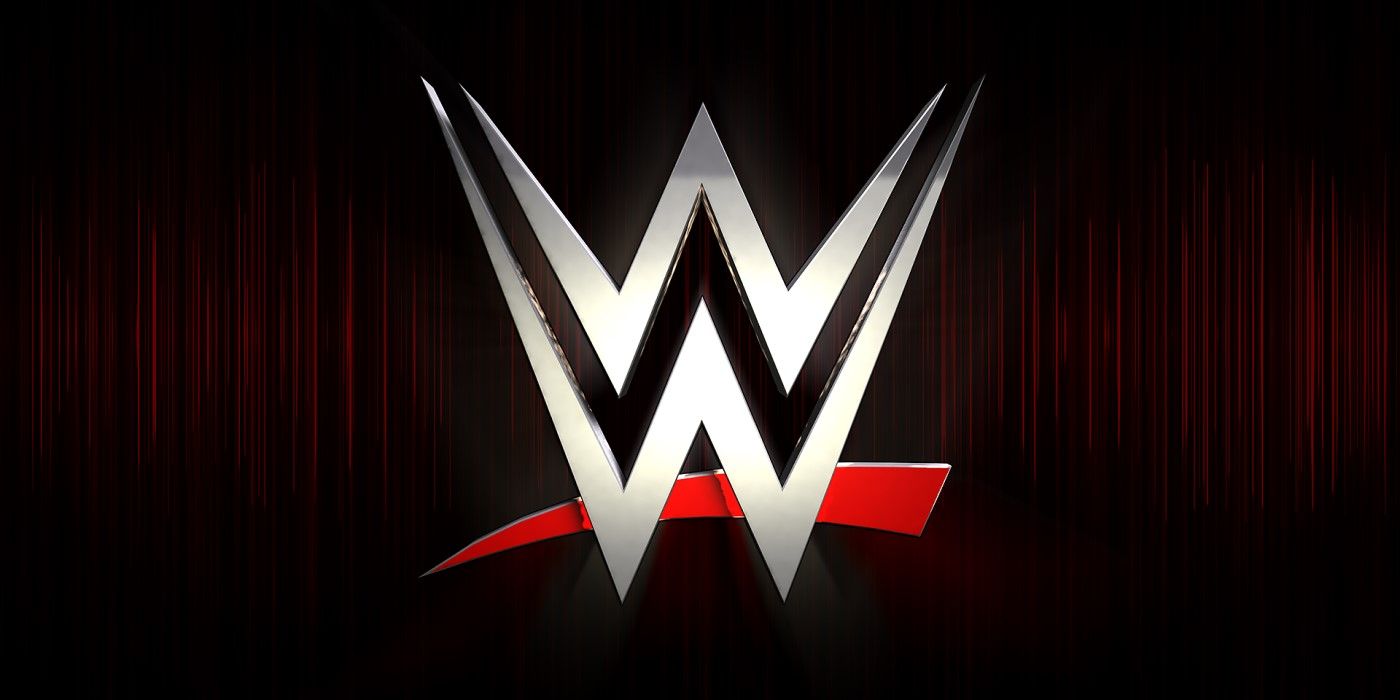
Popular Wrestling Term Officially Becomes A Word In Webster’s Dictionary
A very popular term only used in wrestling circles is now officially a word in the English language. The term has been added to Webster’s dictionary.
Steroid Use Was Rampant
Countless Wrestlers Were Taking Them
- Steroid use was rampant throughout WWE in the 1980s.
- WWE went to trial for steroid use in 1994.
- Steroid use in now shunned in professional wrestling.
There are two dirty words in pro wrestling. The “F” word and the “S” word. The “F” word is “Fake.” Since kayfabe died in the 90s though, it’s become generally accepted that pro wrestling is predetermined. That doesn’t seem to bother enthusiasts at all anymore. The “S” word in wrestling is one that still carries a negative stigma, steroids.
Today, steroids aren’t nearly as prevalent as they were in the 80s. During that decade, performers were jacked to the gills with performance-enhancing drugs. Many untimely deaths in wrestling can be traced back to past steroid abuse. The sport is better off in the long run now that steroid use is shunned.
Women In Wrestling Were Subjected To Terrible Sexism
Things Have Thankfully Begun To Change For The Better
- Women were not given any respect for a large amount of WWE history.
- Women were often valets and managers.
- Things did not begin to change until the mid-2010s.
It’s sad to admit it but in the 80s, there was no such thing as women’s rights, at least not in pro wrestling. Except for a few female performers like The Fabulous Moolah, women were typically just valets during the 80s. The one woman in the 80s who held a higher position was Miss Elizabeth, who was presented as a manager.
Still, even “The First Lady Of Wrestling” was subject to being mistreated both on and off the air. The 80s are littered with various instances of women being the butt of a joke. To be fair, this problem wasn’t isolated to the 80s. It wouldn’t be until the mid-2010s that women in wrestling finally started getting the respect they deserved.
Racist Stereotypes Were Rampant
It Was Unacceptable And Disgusting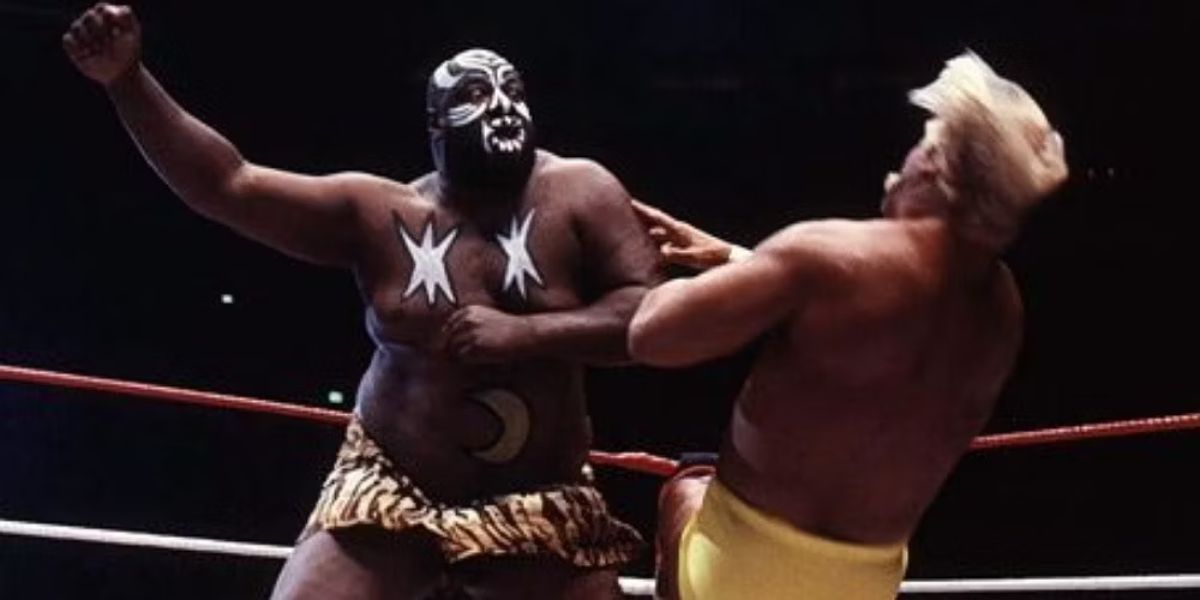
- WWE has historically done poorly when it came to minority representation.
- Many gimmicks for minorities were racist stereotypes.
- These gimmicks were offensive and should not have been permitted.
Sexism in pro wrestling was present during the 80s, but it didn’t run as rampant as racism did. Today, going back and watching 80s wrestling can be somewhat cringe-worthy. Perhaps as kids, some fans didn’t realize how racist some of the characters were. However, calling a Hispanic “Chico” without their consent and dubbing one of their moves “The Flying Burrito” is the definition of racism.
The subtle verbiage that was used when speaking about minorities stands out like a sore thumb today. WWE has a long history of racist gimmicks that go well beyond the 1980s as well. Gimmicks for minorities were often relegated to offensive stereotypes. Whether it was the use of slurs, which were used in numerous cases, or racist attire, such as Roddy Piper’s blackface at WrestleMania 6, these things were unacceptable, gross, and offensive.


